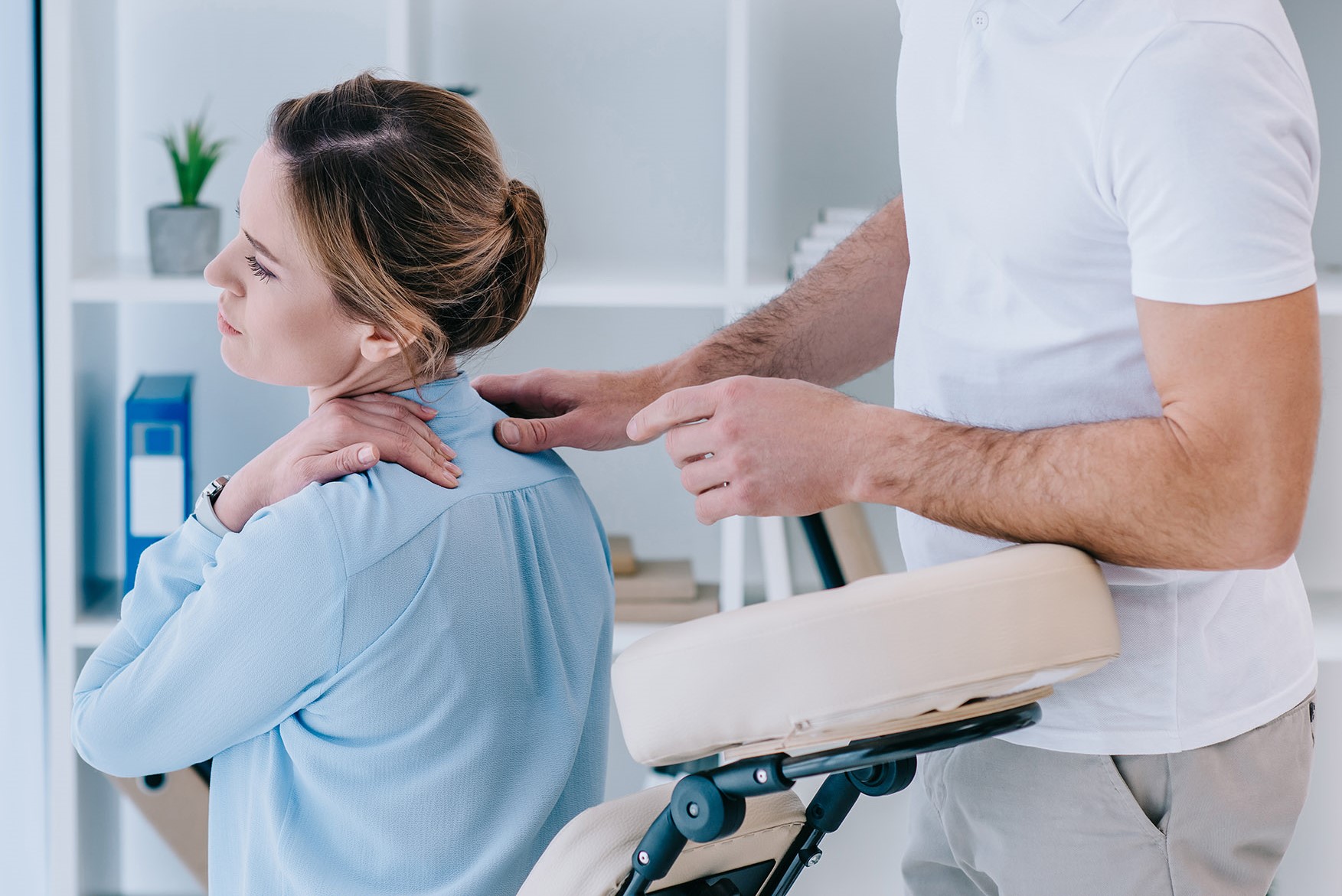
Pain therapy for back pain: how it works
Pain therapy: at least once in our lives we have all suffered from back pain, whether acute or chronic, and probably at all ages
Specifically, chronic forms of low back pain and neck pain (i.e. those that persist over time), which affect on average more than 20% of the Italian and world adult population, are very frequent and, especially from the point of view of treatment, require a multidisciplinary approach that involves various specialists such as pain therapists, orthopaedists, physiotherapists and neurosurgeons.
When to use pain therapy
In a multidisciplinary context, a pain therapist is usually called in after a period of intense pain symptoms, especially in the subacute and chronic phases.
The pathologies of the column that can be treated through pain therapy are various, among them:
- arthrotic syndromes
- osteophytosis
- spondyloarthrosis;
- sacroiliitis;
- facet syndromes.
Facet syndrome
Specifically, facet syndrome is a chronic pathology of the facet joints, i.e. the paravertebral joints that stabilise the spine.
Sometimes, either due to forms of disc degeneration, arthrosis or following spinal surgery, these facet joints go into arthrosis, leading to the onset of localised lower back pain (monolateral in 80% of cases).
If the pathology is not within the neurosurgeon’s competence, and therefore does not involve surgery, or if it is not a case of serious instability of the spine, a herniated disc that needs to be operated on urgently, or major degenerative forms, the pain therapist can intervene.
Pain therapy: radiofrequency treatment
The pain specialist can intervene through the use of radiofrequency, i.e. high-frequency electromagnetic waves that act on the tissue lesion with very high heat sources.
In this regard, we can distinguish between 2 types of radiofrequency for the treatment of acute and chronic pain:
- pulsed radiofrequency (neuromodulation)
- continuous radiofrequency (neurolesion).
Pulsed radiofrequency
Pulsed radiofrequency (PRF) is an outpatient, minimally invasive treatment that involves using a very fine cannula, under radioscopic guidance, to treat the medial branch of the spinal nerve with a heat source (max 42°C).
This technique does not cause any neurological damage but only a reset of the nerve, with a lasting beneficial effect.
Pulsed radiofrequency is mainly used to treat cases of:
- herniated discs with cervical, dorsal and lumbar radiculopathy;
- postherpetic neuropathies;
- pudendal neuropathies in the frozen shoulder.
It is also effective on cranial nerves such as the trigeminal nerve.
Continuous radiofrequency
Continuous radiofrequency (CRF), or continuous radiofrequency, works by thermally damaging the small nerve in the joint in order to permanently desensitise it.
The temperature, which is very high, is around 80°C.
Usually, neurolesion radiofrequency is indicated for the treatment of facet syndrome.
Other cases in which it is used are:
- partial denervation of the sacro iliac via posterior route;
- the geniculate sensory nerves for the knee;
- the obturator and femoral nerves for the hip.
As a rule, before proceeding with a neurolestive radiofrequency, some diagnostic tests are performed, such as, for example, an anaesthetic or ultrasound-guided or radioscopically-guided block, which if it gives a positive result (i.e. the pain disappears for at least 70-80%, even if only for a few days), then one can proceed.
Before these outpatient treatments, it is possible to opt for antalgic or echo-guided infiltrations or ozone therapy, which is also very effective in chronic degenerative forms as well as in non-surgical herniated discs.
Pain therapy for other spinal diseases
Other diseases of the spine that can usually also be treated with pain therapy are:
- degenerative disc diseases;
- cervical pathologies.
Pain therapy and degenerative disc disease
Degenerative disc diseases are linked to disc degeneration such as black disc, which is a disc degeneration that leads to a sagging and stiffening of the disc itself, which no longer fulfils its function as a shock absorber between the two vertebral bodies.
When this space is reduced, the facets begin to rub against each other, causing pain.
In these cases, if surgery is not necessary, a rather significant treatment, called disc fix, can be used.
It consists of introducing two filaments inside the disc, which consolidate and serve to prevent further reduction of the disc.
This procedure is performed percutaneously under radioscopic guidance.
Pain therapy and cervical diseases
As far as cervical diseases are concerned, the related treatments are the same.
Sometimes whiplash, or cervical distortion syndrome, can also be associated with these disorders, which is not particularly painful at first, but can have an unpleasant after-effect over time.
In these cases, a special treatment called pulsed radiofrequency is used to reduce the inflammatory state.
Another type of disorder that belongs to the large family of cervicalgia is cervical-nuchal headache, which starts at the nape of the neck and rises towards the top of the head, involving both the forehead and the eye.
It is a very common disorder and is due to an irritation of the great occipital nerve.
This can be treated in 2 ways
- by local infiltration with anaesthetic, cortisone or ozone therapy;
- by pulsed radiofrequency on the ganglion of the C2 vertebra, i.e. where part of this nerve begins.
In both cases, the results are optimal with an improvement in pain symptoms.
It is important to emphasise that if not treated properly, cervicalgia tends to recur or become chronic, so it is important not to underestimate it and to consult a good specialist.
Read Also:
Emergency Live Even More…Live: Download The New Free App Of Your Newspaper For IOS And Android
Chronic Pain And Psychotherapy: The ACT Model Is Most Effective
Lumbago: What It Is And How To Treat It
Back Pain: The Importance Of Postural Rehabilitation
Cervical Stenosis: Symptoms, Causes, Diagnosis And Treatment


